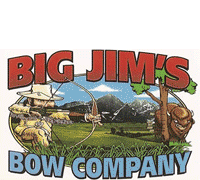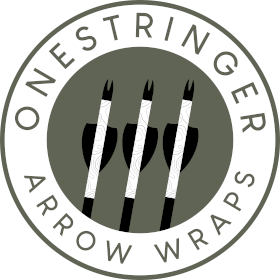I do it at about 6-8 feet and I also check mine at around 8-10 yards. I have done it with a longbow, but I have not tried it with one that is not cut to center. This may or may not help you, but here are somethings that I have found about paper tuning.
I think it is a great way to tune your bow, I would even say it may be the best way. However two things are of utmost importance. first you must draw the bow to the same place every time. and secondly, you must make a clean release. I think these are the two main reasons that some trad guys do not like paper tuning. However, If you do your part the paper will not lie.
Also, it seems to me that most longbows will require a much weaker arrow than a recurve does in the same poundage range.
always check your finding with two or three shots before you make a change to your bow or arrow.
Left tear means weak arrow
right tear means stiff arrow
with up and down tears you will some times get false readings because the arrow is bouncing off of the shelf. therefore you will have to play with your nocking point both up and down to fix the vertical tear. I am most concerend with the left/right tear, and I just want to get the up/down close.
to fix a left tear you need to stiffen your arrow. this can be done by removing weight from the front of the arrow, by adding weight to the rear of the arrow, by shorting the arrow, or by raising the brace height of the bow. if it is not fixable that way, you will have to go to a stiffer spined arrow. and it may take a combo of those things to get it fixed.
To fix a right tear you will weaken your arrow. this can be done by adding weight to the front of the arrow, removing weight from the back of the arrow, adding length to the arrow, lowering the brace height of the bow. or it may require you to go to a weaker spined arrow.
Good luck














